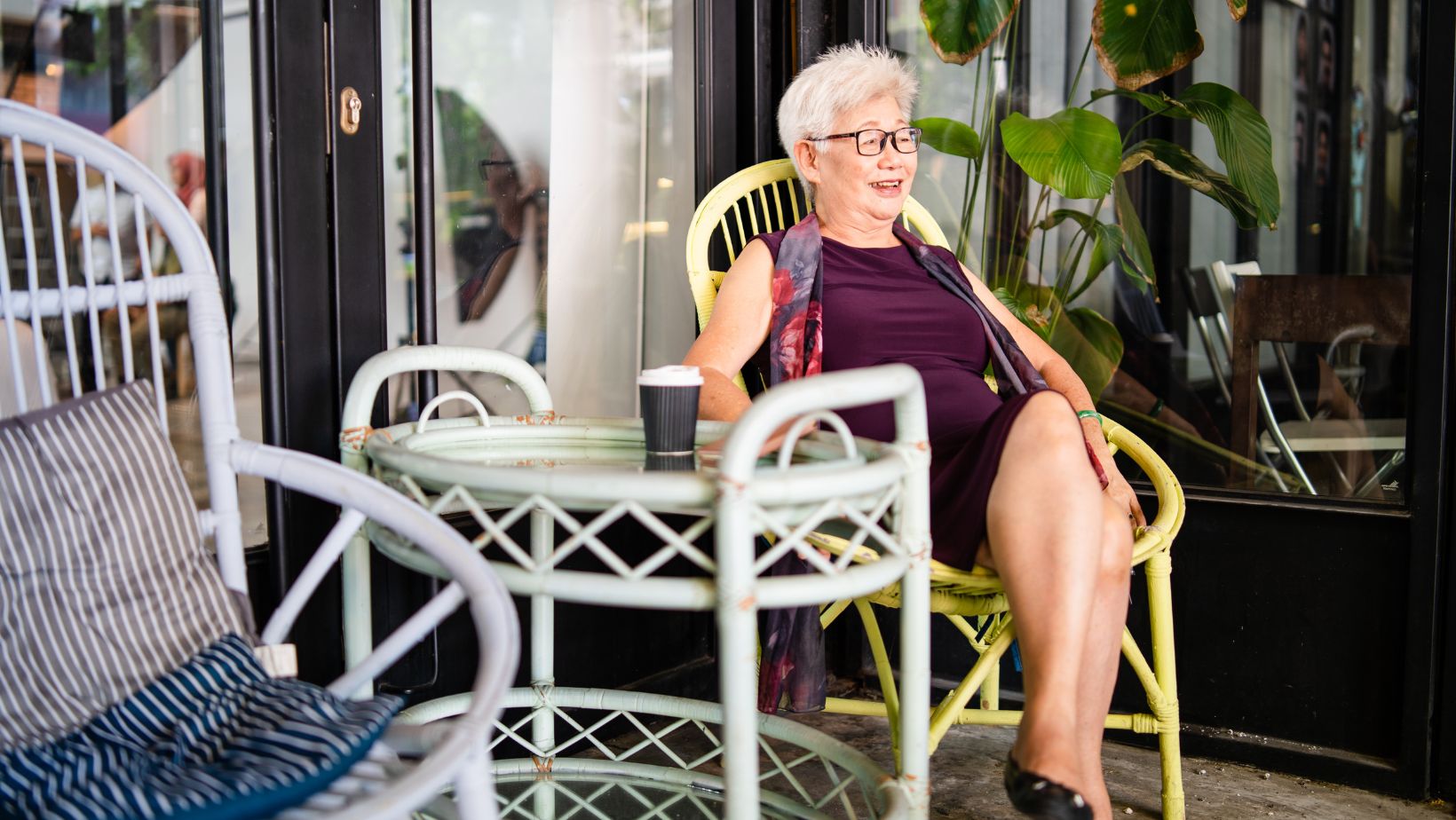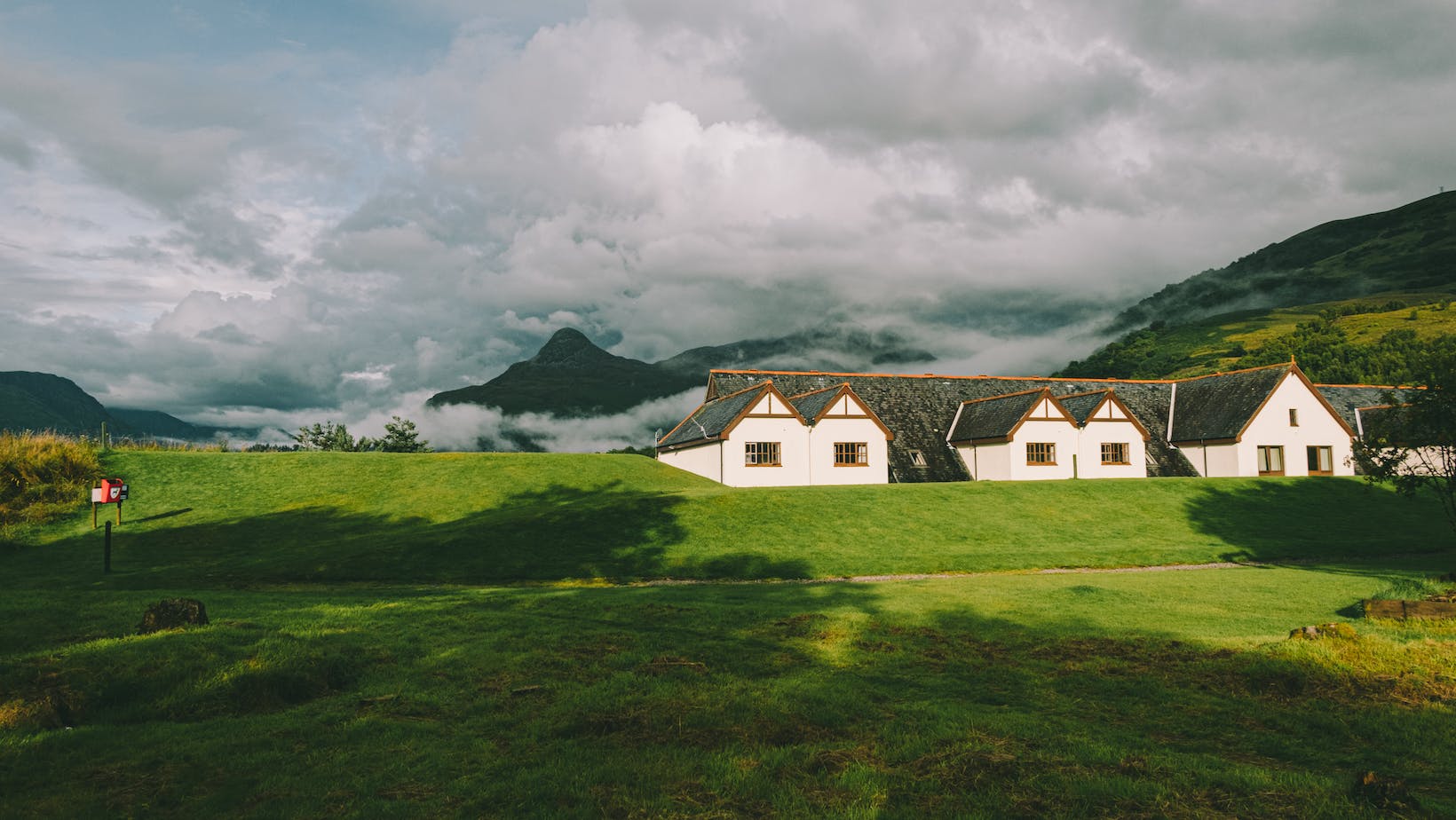Beyond Golden Years: Your Guide to Retirement Village Life

In your golden years, the allure of independent living, ample free time for travel, new hobbies, and social connections is undeniably appealing. Retirement villages may offer this exciting new chapter in life.
It’s important to know what retirement villages are, what they offer, and how much they cost. Let’s dive in and explore these aspects to help you make the most of your retirement village experience.
What are Retirement Villages?
Retirement villages are purpose-built communities designed specifically for older residents aged 55 to over 65. What sets them apart from traditional sheltered housing is their premium amenities. Retirement villages also serve as housing options for individuals requiring minimal elderly care.
Benefits of Retirement Village Life
Retirement villages may provide various lifestyle benefits, including fostering a strong sense of community and enhancing safety and security. These advantages significantly enhance the quality of time spent with family and friends, improving the overall retirement village life experience.
Socialization and Community
Retirement villages offer ample opportunities for residents to engage in social activities through various on-site recreational facilities. Socialization ranks among the top reasons people reside in these communities.
Promotes Low-Maintenance Lifestyle
Retirement villages can relieve the burden of chores and garden maintenance. These properties are thoughtfully designed for easy upkeep and the operator’s well-maintained common areas.
Supports an Active Lifestyle
Maintaining an active lifestyle undeniably benefits one’s overall health.

Retirement villages actively promote this by providing a range of activities and accessible facilities, such as gyms and sports centers.
Thanks to the low-maintenance lifestyle, retirement village living offers you extra time and opportunities to explore new hobbies and interests.
Safety and Security
A safe environment ranks among the most important factors when considering a move to any type of residence, especially for seniors. Retirement village living offers enhanced health and physical security for older people.
Retirement villages have various security features, including gates, cameras, sensors, and alert systems. Additionally, lifestyle options with 24/7 nursing care ensure that residents’ medical needs are consistently met.
Types of Retirement Villages
There are different types of retirement villages. It’s important to familiarize yourself with them to know which would fit your needs best.
Serviced Apartments
Serviced apartments are typically compact, similar to studio apartments. They serve as independent living spaces that provide access to various services, including housekeeping, meals, and low-level allied care support.
Rental Villages
Two types of rental villages exist: traditional retirement villages and single-purpose rental villages. Traditional retirement villages are where operators offer several units for rent.

On the other hand, single-purpose rental villages are gated communities with around 50 bedrooms or studio units and a communal dining room.
Rental villages primarily cater to older retirees, typically 60 to over 80 years old.
Co-Located Villages
Co-located villages comprise a retirement village and an aged care/nursing home. The retirement village concept with an attached aged care home has become increasingly desirable.
Advantages and Disadvantages of Retirement Village Living
Retirement village living offers numerous advantages aside from its primary benefits, which may influence your decision to choose this lifestyle. However, there can also be a few disadvantages, especially if your current circumstances do not align with its requirements, and vice versa.
Advantages
- Freedom
- Facilities and amenities
- Guest suites
- Additional care
Disadvantages
- Limited space
- Costly prices
- Extra service charges
Cost of Retirement Village Life
The prices of retirement villages can vary significantly based on their location. The array of benefits and advantages can lead to premium costs, estimated to be 5-10% higher than a standard property of a similar size.
However, this premium cost becomes more understandable, especially when considering communal facilities, enhanced security, lifestyle amenities, and medical support on a 24/7 service basis.
Additional expenses that require careful consideration include service fees, healthcare costs, utility bills, daily living expenses, and deferred management fees.
Before You Choose
Choosing your retirement village is a big step in life. If you’re looking for the ideal retirement place, you can check Villages. This community offers several properties in Australia where you can have quality accommodation and satisfaction. Being informed about the benefits and costs and knowing what to look for in retirement will help you make the best decision.
-
Personal Finance11 months ago
How Do I Find My UCAS ID Number?
-
Success6 years ago
Consistency: The Key Ingredient to Success
-
Personal Finance11 months ago
What Does Conditionally Approved Mean For An Apartment?
-
Motivation3 years ago
How To Become a More Organized Person?
-
Others5 years ago
Work Health and Safety: 8 Reasons to Maintain a Clutter-free Office
-
Entrepreneurs4 years ago
Why Diversity is Key in Business Marketing
-
HK Pools11 months ago
The HK Pools Forum Comunity Jos Markotop 2D Warna Kuning – A Great Way to Stay Connected
-
Sport2 years ago
What Makes Soccer Betting So Great?



























